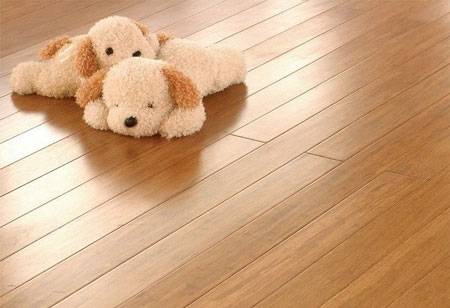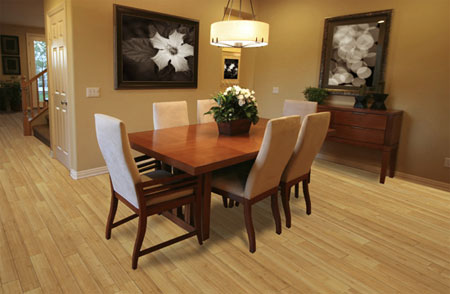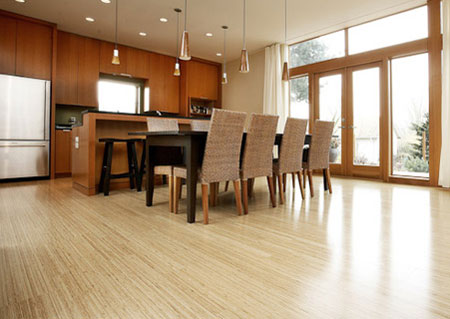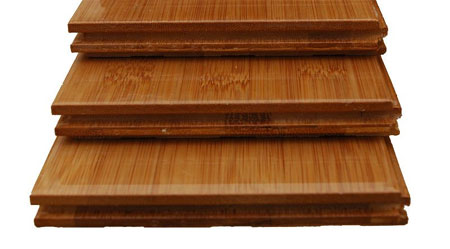Bamboo flooring for a home
Bamboo is an excellent, ecological flooring option, but not all bamboo is created equal.
Since it caught on in the early 90s, this building material has been heralded as a green, sustainable, plentiful resource - it is fast-growing and can be harvested and replenished with virtually no impact to the environment, due to the fact that it regenerates in 4-5 years. It is also a high oxygen-producer.
oriental bamboo
Bamboo flooring has the look, feel and durability of wood and, in fact, should be compared to a solid wood floor. Even though most bamboo flooring is sold as planks. These solid planks are layers of bamboo that are laminated and pressed together but are not classified as laminated flooring.
Bamboo is a rapidly renewable resource can be harvested in four to six years (as compared with decades for most trees used for wood floors).
Strand woven bamboo is available in two shades: natural (blonde) and a caramelized, which is achieved by steaming the bamboo before drying it. The sugars in the bamboo caramelize, creating the darker colour. Strand woven bamboo is considered as hard as Brazilian Teak, while laminated solid bamboo is as hard as Red Oak.
[image planet green]
Benefits of choosing bamboo flooring...
…cost
Solid bamboo flooring can be sanded and refinished multiple times, extending the life of the product indefinitely. Comparable in price to hardwood floors, bamboo floors are an investment that will last a lifetime, unlike laminated floors.
…environment
Bamboo comes from Asia (primarily China), so it takes a lot of fuel to ship it to S.A. consumers. But it also has environmental virtues. It’s a rapidly renewable resource. It produces a high yield, can be harvested in four to five years, and naturally regenerates after it is harvested.




